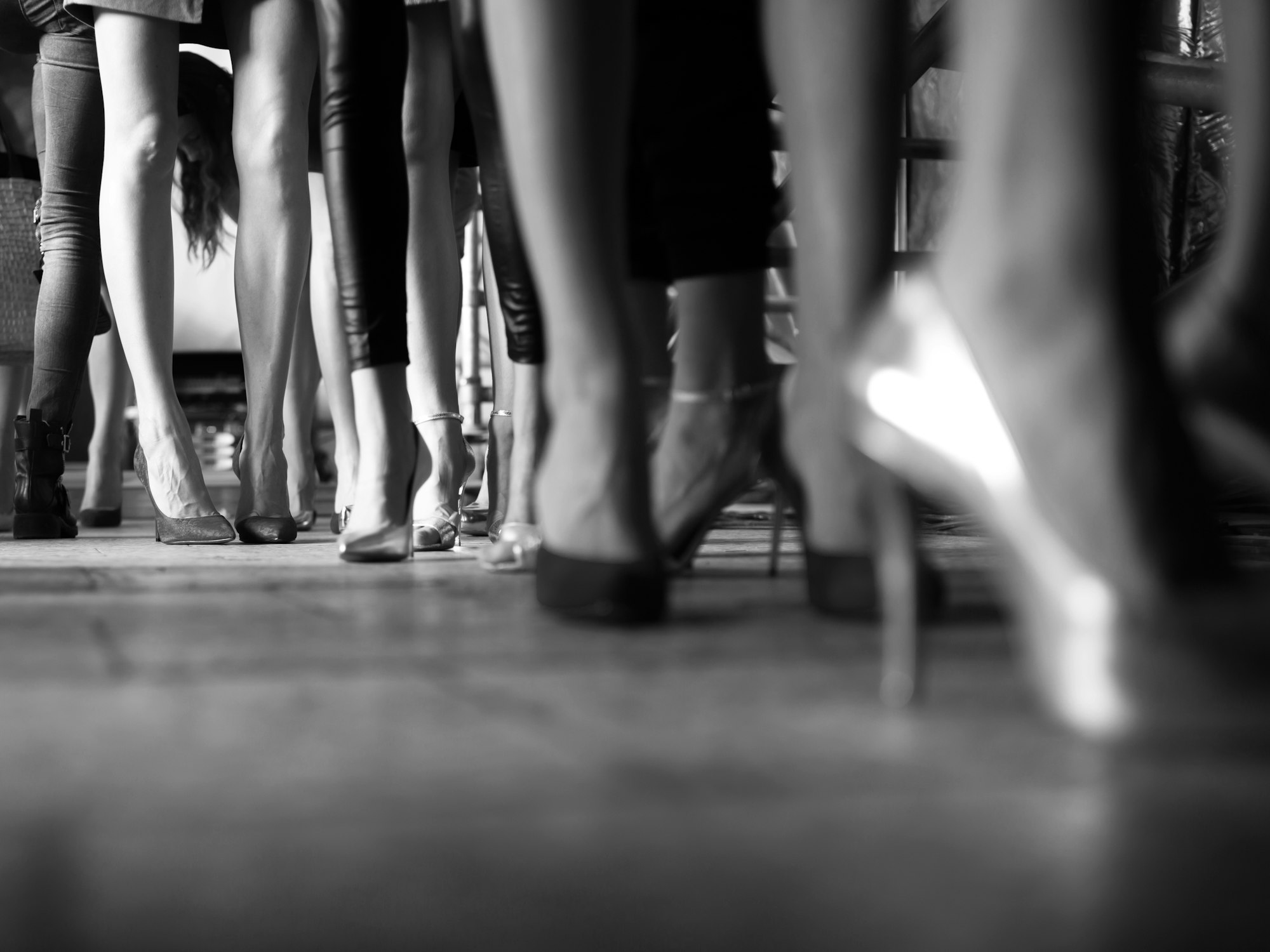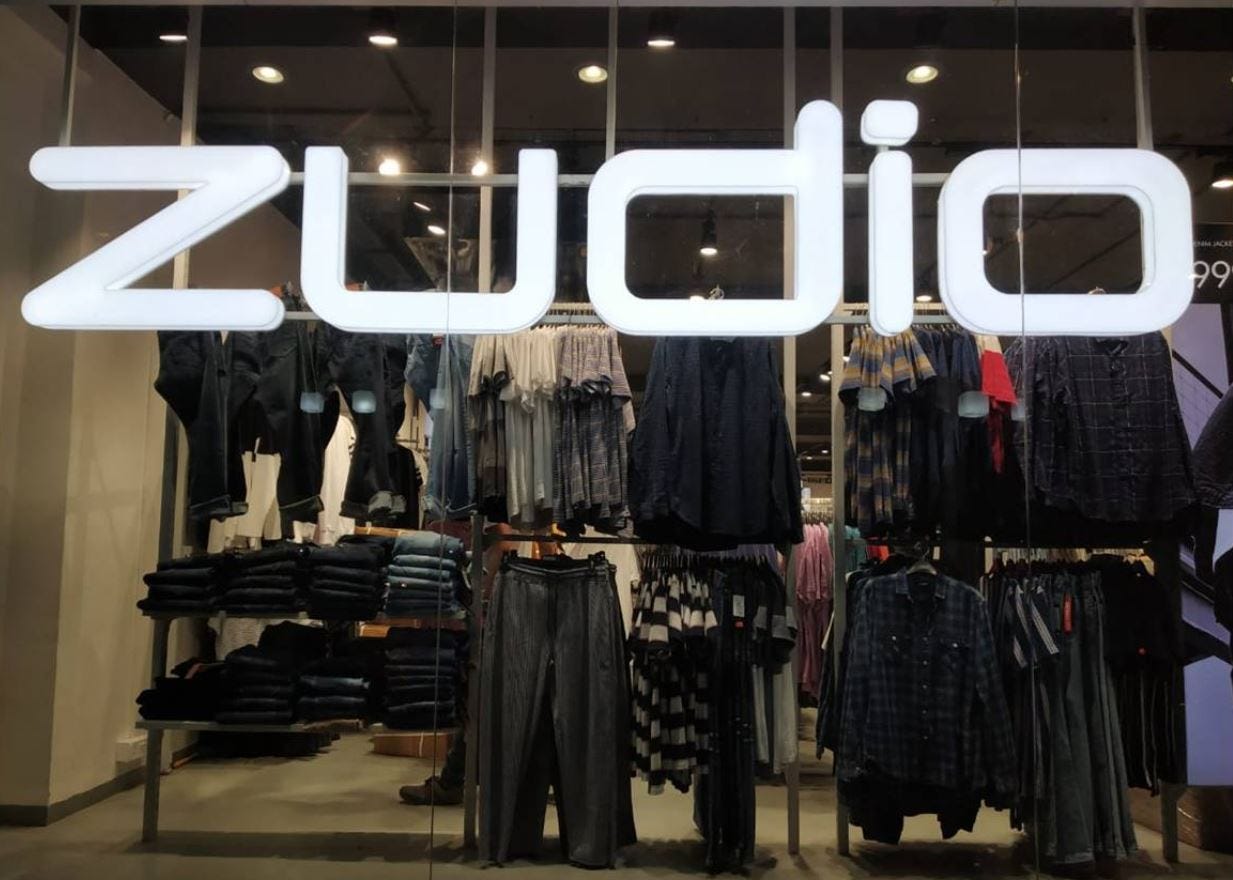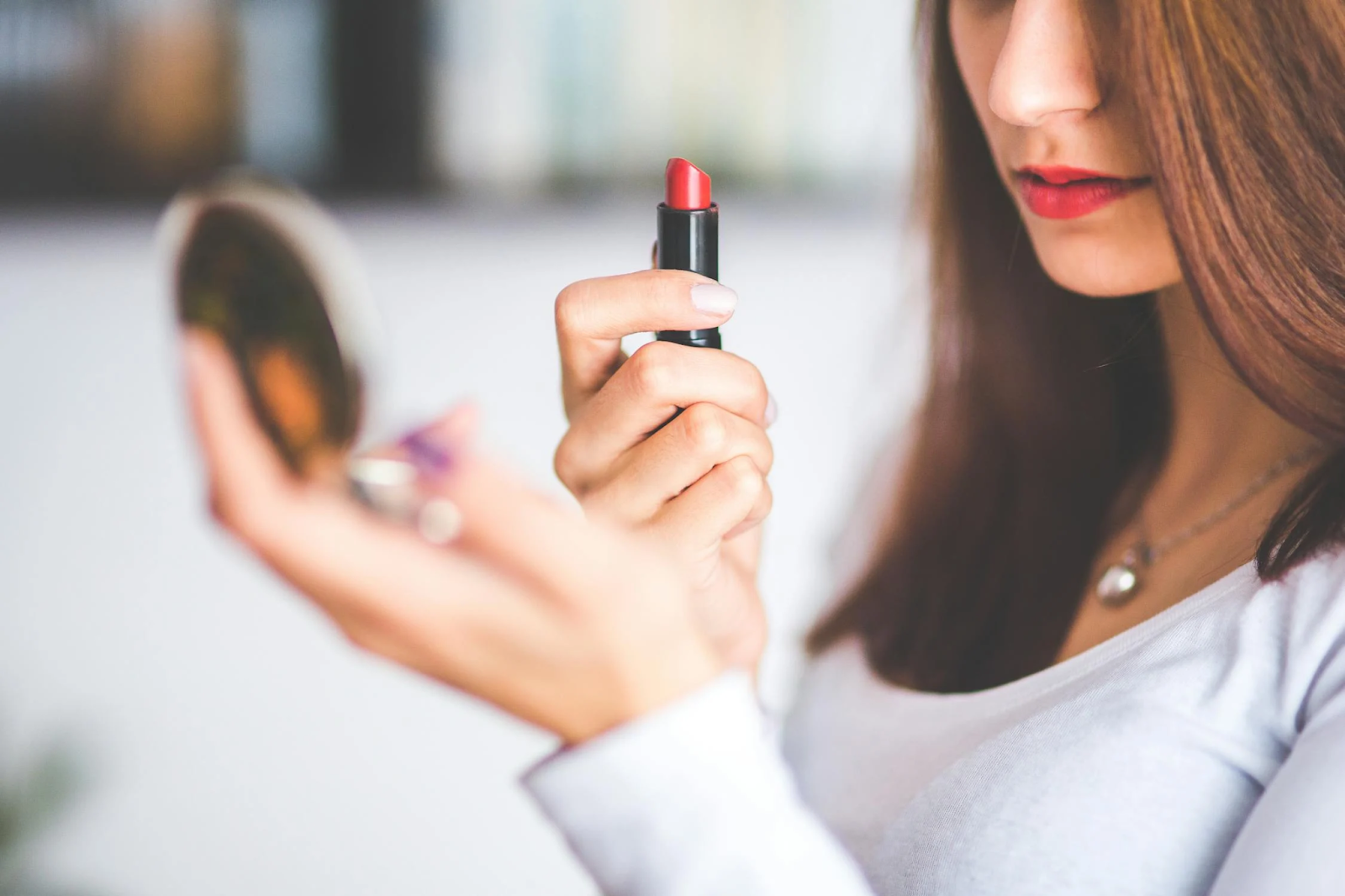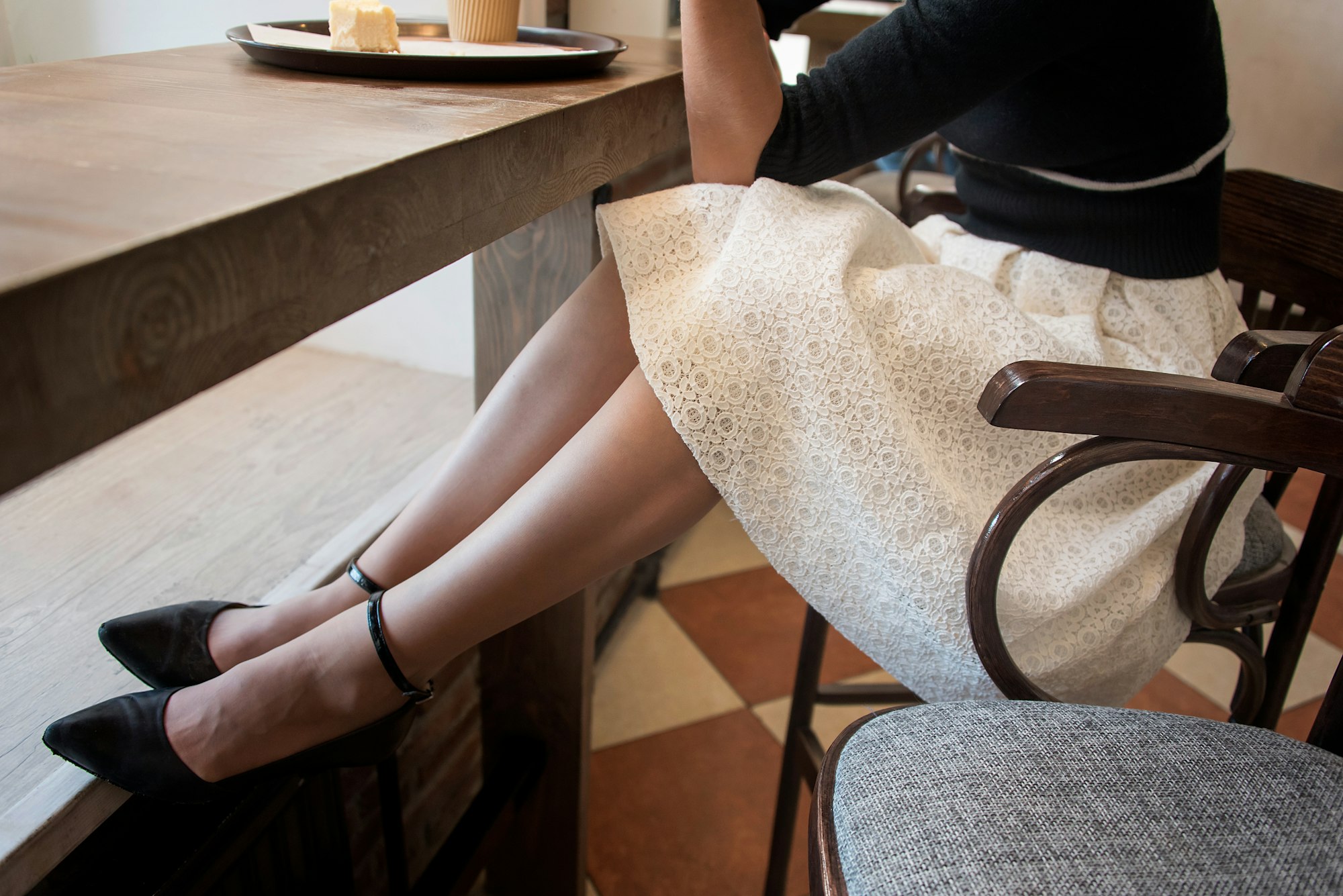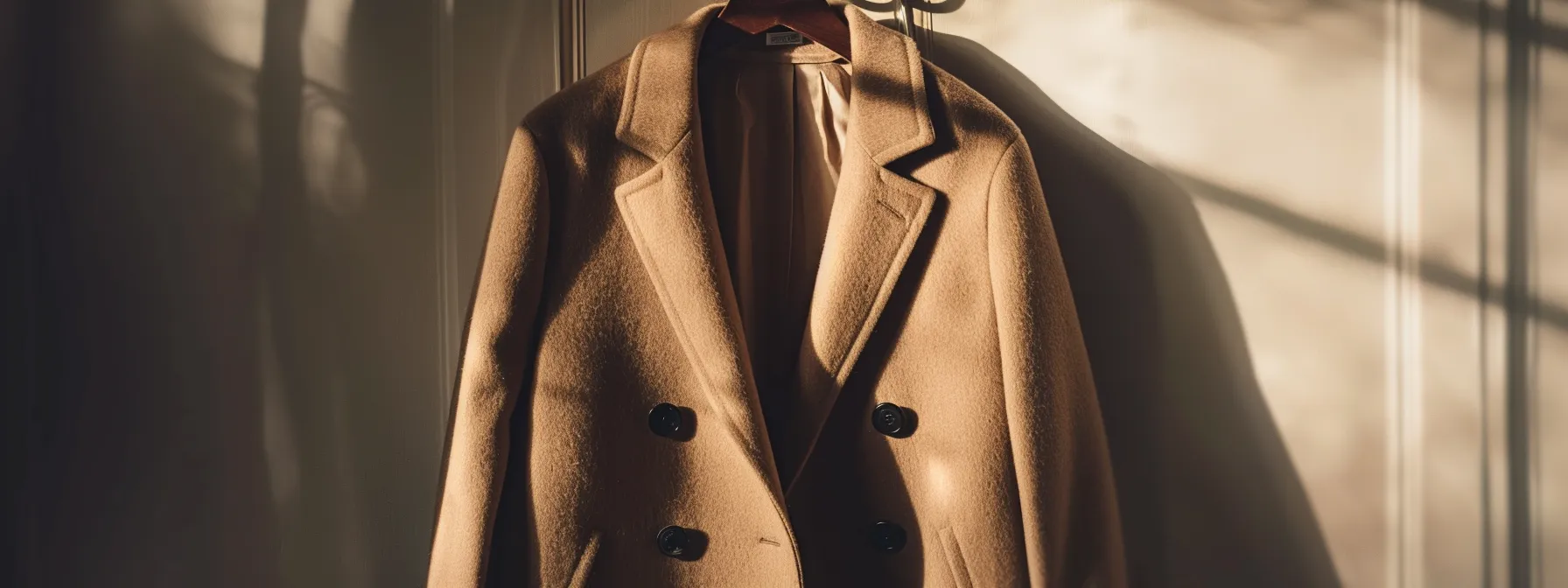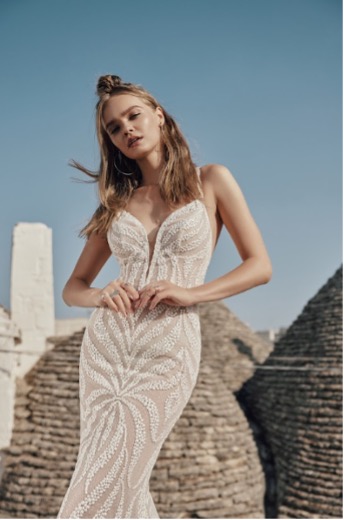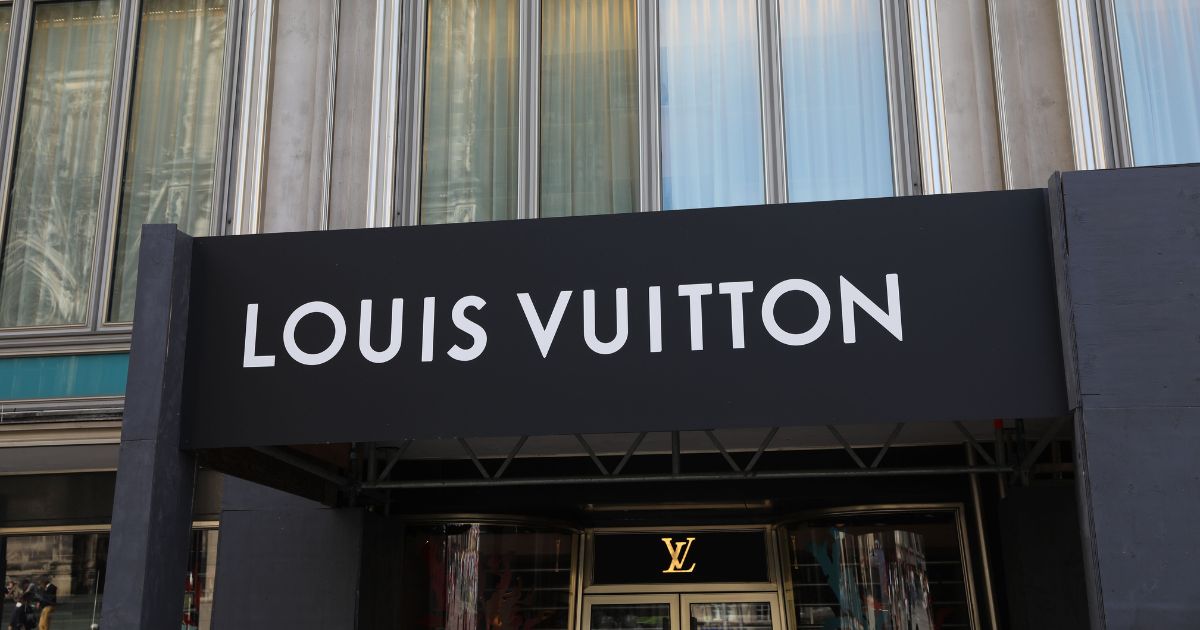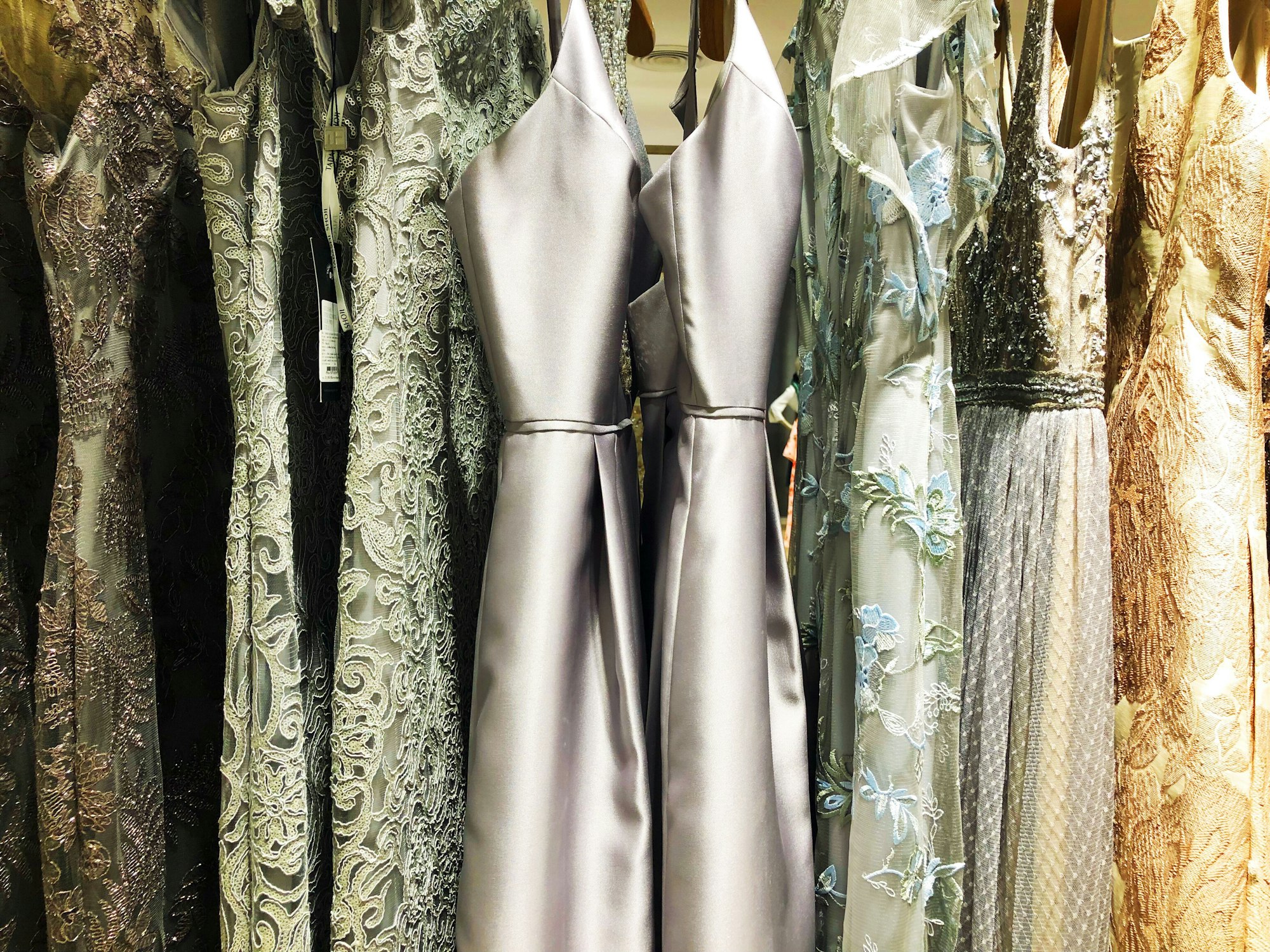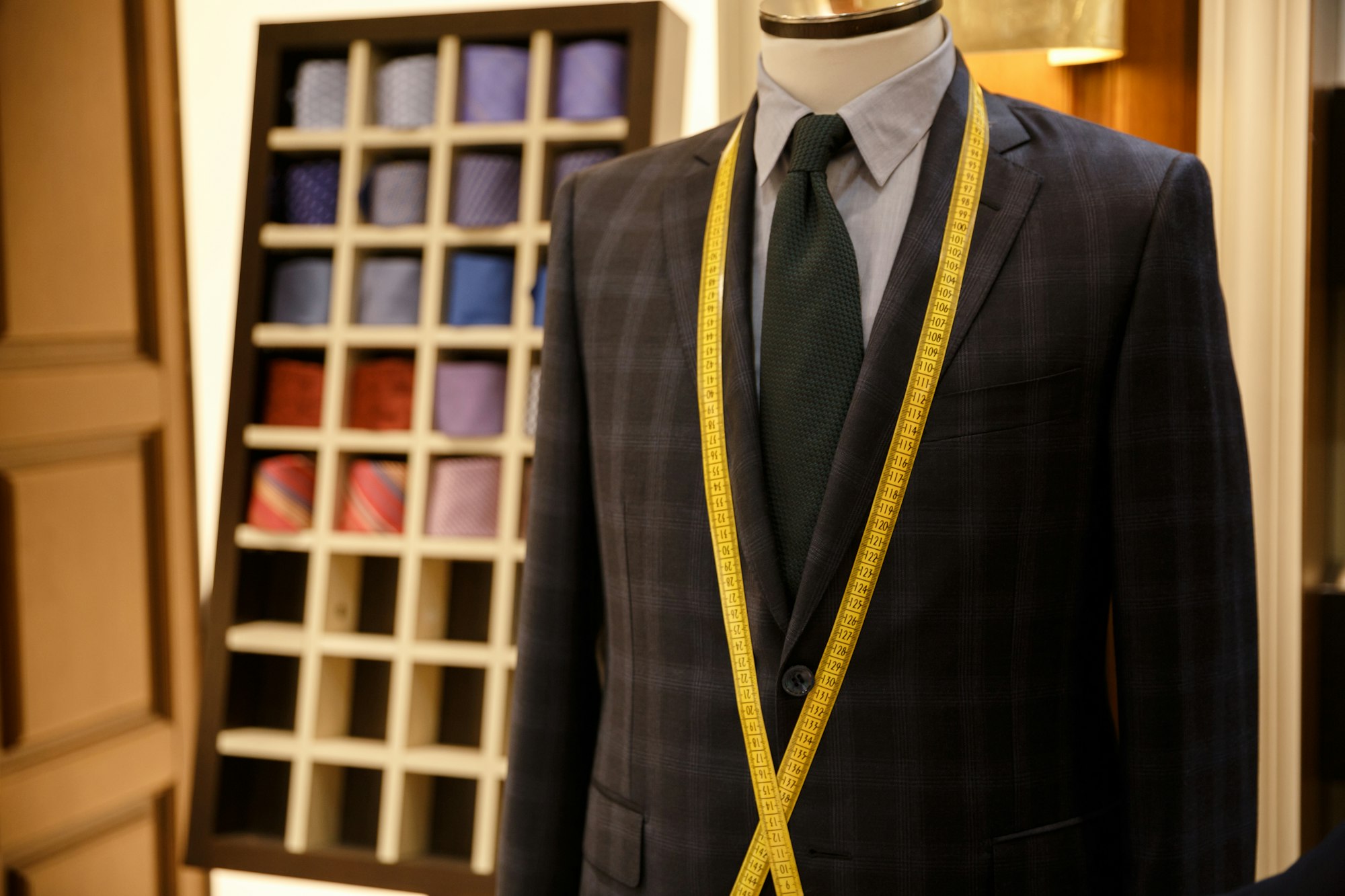Historical Facts
The employment rules for fashion models have evolved throughout time, owing mostly to the modeling industry’s unique challenges and conditions. There was a significant lack of regulation in the early twentieth century. The fashion modeling industry was mostly uncontrolled at the time. Models frequently lacked the protections afforded to employees and were treated as independent contractors. As a result, they lacked access to basic entitlements such as health insurance, a minimum wage, and fixed working hours. (Mears)
The establishment of modeling agencies in the middle of the twentieth century began to structure the industry, which was critical in defining how models’ careers were molded. Models, on the other hand, were frequently treated as independent contractors even within agencies, resulting in continuing denial of important work privileges.
In the late twentieth century, the industry became legally recognized and unionized. The fashion industry has seen an increase in awareness of workers’ rights, including models. In the 1990s, the Council of Fashion Designers of America (CFDA) began to place a greater emphasis on model treatment, particularly in terms of health and wellness. However, many key legal protections remained missing.
In the twenty-first century, the emphasis switched to supporting legal procedures. In response to increased public awareness of model exploitation and abuse, organizations like the Model Alliance were founded in the in 2012 ( United States), led by Sara Ziff. The organization promotes equitable treatment and better working conditions for models, addressing issues such as sexual harassment, compensation, and health needs.
The “Child Model Act,” passed in 2013 (New York), provides additional safety for models under the age of 18 and designates them as child performers under state law. This rule ensures that young models have the same protections as actors, such as obligatory trust accounts, time limits on work, and on-set supervision.
Overall, the legal climate for fashion models has shifted from largely unregulated to more protected, but there are still challenges to solve before models’ rights are fully upheld around the world.
Present Scenario
Unsurprisingly, there is rampant exploitation going on within the fashion industry, but particularly in regards to fashion models. Modeling is seen as extremely glamorous and there are some incredibly lucrative professional models that make a tremendous amount of money through modeling. However, this is the top 1% of fashion models and is rare in the industry; most have similar stories to Esmeralda Seay-Reynolds. Seay-Reynolds was 15 years old when she started modeling and was 5’11” (180 cm) and 130lbs, but was told she was “too-heavy”, so she dropped 20lbs and signed to modeling agency NEXT (Siegel). From there she was incredibly successful, going on to feature in Vogue as well as walk runways and do shoots with luxury brands such as Chanel, but was also booked to do photo shoots with photographers who were accused of sexual coercion, told to eat cotton balls to stay “catwalk thin”, and put in unsafe and treacherous conditions during shoots (Siegel). Another big shock for Sheay-Reynolds was that when she was walking in fashion week for brands such as Louis Vuitton, Fendi, and Saint Laurent in the New York, Paris, and Milan shows, for her six weeks of work she got $130 (Siegel).
While this story may sound exaggerated, this story aligns with dozens of other models who work, primarily in New York, as fashion models. New York is known to be a fashion modeling hub as it has a variety of fashion brands located there as well as prestigious shows during New York fashion week. The reason fashion models get taken advantage of regularly, specifically financially, is in large part because the modeling companies are considered management companies and can wield power of attorney over their models so that they can legally accept payments on behalf of the models (Siegel). What then happens is these agencies deduct expenses from this paycheck with no evidence, which can then leave models oftentimes in debt, which is what then leaves the models exposed to the sexual exploitation that runs rampant in the fashion modeling agency (Siegel).
Regarding wages, there are many different factors that play into how much a fashion model makes. According to Salary Expert the average fashion model in Paris makes around $42,000 a year, one in New York makes around $57,000 a year, and the average salary for a fashion model in Japan is around $38,000 a year (“Research Salaries”). There is clearly a lot of variability in the field when it comes to modeling, yet looking at these numbers it doesn’t compare to the numbers of prominent and famous fashion models, such as Karlie Kloss who in 2018 made $14 million and has a current net worth of around $40 million. Also, there is a significant pay gap between one certain demographic: men and women. The female model with the highest net worth, Kendall Jenner, is fifteen times more than the male model with the highest net worth, Sean O’Pry (Shah and St. John). This is in large part due to the economics of the industry, namely that women spend more on fashion than men typically do and the women’s fashion industry is more lucrative than the men’s fashion industry (Shah and St. John). Moreover, something to consider when regarding the wages in the fashion industry is that even though they get paid for their walks and photoshoots, it doesn’t always need to be in money. A common practice in the fashion industry is known as “trade”; which is when the company, typically when a model walks on a runway, is given clothes they wore in the show as payment (Sidell). While this might sound like a good deal, with the price of clothes going up and the hours of preparation it takes to get ready for a show, oftentimes a model will get paid for days worth of time with one luxury dress that can vary and sometimes never be delivered (Sidell). While eventually a model can work and accrue enough trade to become a supermodel and gain the glamour and capital that fashion modeling is known for, it can take years and models have a tendency to fall into heavy debt without realizing (Sidell).
Furthermore, there are many things to look out for when signing an employment contract with a modeling agency. Each part of the contract varies by agency, but subjects that traditionally recur throughout these contracts are the type of contract, what region the model works in, the commission and payment process, the length of the contract, contract renewal and termination, and expected fees (Clark). It’s incredibly important for fashion models to pay attention to each of these areas because while many contracts use the city limits as their region, they can also make it as large and ambiguous as the Midwest region of the United States. Something else to consider is that models are not technically labeled as employees, but rather as independent contractors under modeling agencies (Schulz). This changes the terms of their employment agreement so that fashion models cannot unionize like similar professions such as actors and actresses, making it very hard for models to challenge safety concerns on their shoots and unfair labor practices.
Law
One very important thing to note about the employment law for fashion models is that there is very little transparency in the industry when it comes to the relationship of the fashion models and their modeling agencies. These modeling agencies hold a significant amount of power over their models, which coupled with the constant pressure models face because of the severe competition within the industry, creates a very imbalanced power dynamic. There is hope for this to change with the New York Fashion Workers Act that recently got passed in June 2024 (United States) that forces modeling agencies to take more accountability when it comes to their models and their grievances (Rolfes). In the United States, which holds the world’s largest modeling agencies in New York, fashion models are not allowed to unionize since they are considered independent contractors under the Fair Labor Standards Act (Rolfes)[United states.]. This limits their ability to debate and discuss issues with modeling agencies regarding their labor rights, which only inflames the already unfair power problem. However, in France and the United Kingdom, models can unionize and France also structures their contracts so that they are seen legally as both independent contractors and employees, allowing them to get benefits such as insurance and stability (Padula). This, compared to the dismal situation in the U.S. illustrates that there is a way for fashion models to gain fair employment with their modeling agencies, and could be used in the future in order to change the U.S. system. Model Alliance, an organization that works to increase the rights and safety of fashion models, uses legislation like this in order to write bills to pass in the U.S., similar to what they did with the Fashion Workers Act.
However, there are other ways to protect the labor rights of fashion models without going through their modeling agency. In India, the Indecent Representation of Women Act of 1986 (India) protects women from being put in compromising positions on photoshoots, superseding the relationship the models have with the employer,but unfortunately the same law does not apply to men (Verma). There is also legislation in France, Denmark, Spain, and Italy that protects the health of models by making sure that underage models have to have correct documentation allowing them to work as well as a BMI higher than 18.5 (Verma).
When it comes to anti-discrimination laws, Europe has much better legislation inplace to protect their models compared to the U.S.. As mentioned previously, France’s modeling agencies employment contracts allow their fashion models gain employment benefits from their jobs, which then allows the French legal system to apply their anti-discrimination laws to fashion models (Padula)[France]. Something else very important is that models couldn’t be fired on a whim, because under French law an employee can’t be fired unless there is “reasonable cause”, protecting their models from being fired because they aren’t the right race (Padula)[France]. In the U.S. the fashion industry operates under aesthetics, and fashion designers can apply their aesthetics to the first amendment (Padula)[U.S.]. This then means the photographers and designers are protected under the U.S. constitution to pick and choose which models best fit their aesthetic, which tends to be white.
While France does a good job protecting the legal rights of their models, other countries are sub-par. While India does have the Equal Remuneration Act of 1976 [India] which protects the amount of money women make, the same safeguard is not given to men (Verma). While men traditionally dominated fields, in the fashion industry they are significantly less hired as well as less compensated for their work. While the U.S. does have anti-discrimination laws such as Title VII of the Civil Rights Act which protects people from being discriminated against based on their race, sexuality, and religion, there are a variety of loopholes that modeling agencies use to evade laws such as this such as Bona Fide Occupational Qualification (BFOQ) and the first amendment loophole designers use that was stated above (Padula)[U.S.].
Legal Precedents
The Shanklin vs. Wilhelmina Model Agency (2021) the case, decided by the New York Supreme Court, largely focused on whether the Wilhelmina Model Agency misclassified the models registered under their agency as independent contractors.
Background
The plaintiffs are the models who are in the contract with the top leading model agencies since 2007. The initial related class action began in 2012, Raske vs. Ford Models (2012). For alleged unauthorized usage of the photographs, they sought compensation, but later his breach of contract claim was distorted into a vast allegation that violated New York Labor law. As the agency claimed that they have employed models as employees, not as individual contractors. Further, the models added the charges related to the Labor Law claims twice and filed two interconnected class actions.
Key issues
- Employment status: The plaintiffs argued that they are being misclassified as independent contractor and it affects the rights guaranteed under labor law.
- Class certification: The case involves the motion for class certification and seeks to represent the class of models against agencies.
- Breach of contract: The unauthorized usage of photographs and failure to pay for such usage breaches the contract signed.
- Labor law violations: The plaintiffs claim a violation of New York Labor Law and negligence in maintaining the accurate wage records.
Judgement
The New York Supreme Court focused on three statutory features: typicality, adequacy of representation, and superiority. The Court decided that since the facts concerning the breaches of contract (alleged unauthorized usage of models’ photographs) were so individualized as to each model, contract terms, and particularly the damages differ, it could not permit class status. The Labor Law claims, the Court granted class action certification, finding all of the statutory requirements were met, resulting in that models under contract with Wilhelmina Models, Wilhelmina International Ltd., and Next Management LLC, respectively, since October 24, 2007 (13 years), represent the models against the three agency classes on the Labor Law Claims.
A jury may grant hefty damages under the Labour Law for up to 13 years if they determine that the modeling agencies had such extensive control and supervision over hundreds of models in the class, including the way, structure, and location of model shoots, as well as the models’ vacation and medical schedules, that the models were considered employees of the agencies. This implies that the other service sectors that retain this level of management and use independent contractors might also be impacted. Shanklin has practical repercussions. Modelling agencies’ contract negotiations with models, contract renewals, and photoshoot reuses, as well as compensation information, may change, possibly by including additional notice or sign-off provisions in contracts as models or business procedures in order to safeguard models and the agency from future litigation. It is also evident that waivers of the ability to pursue class actions, which were recently sanctioned by the United States Supreme Court, will become the norm if they have not already. Finally, Shanklin proposes that agencies and other service providers consider asking independent contractors to acknowledge and waive their position as employees when they contract or renew their contracts to avoid future litigation.
This judgment marked the shift in the acceptance of class action lawsuits in the fashion industry, allowing models to collectively challenge their employment status and seek damages under labor laws, and imposed the necessity for modeling agencies to comply with New York labor law as the court emphasized that models could classify as employees rather than individual contractors and can seek protection under labor law.
Conclusion
While the industry has taken great strides to protect models, and with ever increasing awareness of its rights as human beings rather than simply pieces on a chess board. The industry has made strides, but exploitation, unequal pay and uncertain whether they are employees or self-employed continue to cast a shadow. This case, Shanklin v. Wilhelmina Models (2021) is an unprecedented decision because neither models nor adult performers have ever successfully pursued employment damages collectively like this under any of the labor laws before. For models to thrive and be protected from harm, this movement towards increased accountability as transparency is critical. In the end, there is still much work to do in the fashion industry to make it fair and sustainable for models of all backgrounds.
References
Clark, Darci. “Agency Contract Basics”. My Model Reality, 28 Sep. 2022. https://www.mymodelreality.com/post/agency-contract-basics#:~:text=Common%20types%20of%20contracts%20are,of%20you%20as%20a%20model
“Karlie Kloss Net Worth”. Celebrity Net Worth, Accessed 27 Aug. 2024. https://www.celebritynetworth.com/richest-celebrities/models/karlie-kloss-net-worth/
Padula, Vanessa. “Whitewahsed Runways: Employment Discrimination in the Fashion Modeling Industry”. Berkeley Journal of African-American Law & Policy, 26 Nov. 2019. https://lawcat.berkeley.edu/record/1127338?ln=en&v=pdf
“Research Salaries”. Salary Expert. Accessed 27 Aug. 2024. https://www.salaryexpert.com/salary
Rolfes, Ellen. “Addressing dismal working conditions in a glamorous industry”. Marketplace, 13 Feb. 2024. https://www.marketplace.org/2024/02/13/fashion-models-labor-protections/
Schulz, Madeleine. “Are models the next to unionize?” Vogue Business, 10 Aug. 2023. https://www.voguebusiness.com/fashion/are-models-the-next-to-unionise
Sidell, Misty. “Many Models Get Paid in Clothes, Not Cash, But That Might Be Changing”. Daily Beast, 11 Jul. 2017. https://www.thedailybeast.com/many-models-get-paid-in-clothes-not-cash-but-that-might-be-changing
Siegel, Tatiana. “Inside the Fashion World’s Dark Underbelly of Sexual and Financial Exploitation: ‘Modeling Agencies Are Like Pimps For Rich People’”. Vanity Fair, 20 Jun. 2023, https://variety.com/2023/film/news/fashion-models-sexual-abuse-financial-exploitation-unsafe-sets-1235648697/
Shah, K. and St. John, I. “Why do female models make more than male models”. Medium, 16 Mar. 2021. https://kirti-shah112.medium.com/why-do-female-models-earn-more-than-male-models-8d0ae0e859c5
Verma, Deepshikha. “Read to Know: Rights of a Fashion Model”. Fashion and Law Journal, 12 Jul. 2021. https://fashionlawjournal.com/read-to-know-rights-of-a-fashion-model/
Mears, Ashley. “Pricing Beauty: The Making of a Fashion Model”. University of California Press, Sep. 2011. http://www.jstor.org/stable/10.1525/j.ctt1pn5v1
“NY”. 12 NYCRR 186
https://dol.ny.gov/system/files/documents/2024/03/part186.pdf








